Press Release from the American Public Transit Association
In 2013 Americans took 10.7 billion trips on public transportation, which is the highest annual public transit ridership number in 57 years, according to a report released today by the American Public Transportation Association (APTA). This was the eighth year in a row that more than 10 billion trips were taken on public transportation systems nationwide. While vehicle miles traveled on roads (VMT) went up 0.3 percent, public transportation use in 2013 increased by 1.1 percent.
“Last year people took 10.7 billion trips on public transportation. As the highest annual ridership number since 1956, Americans in growing numbers want to have more public transit services in their communities,” said Peter Varga, APTA Chair and CEO of The Rapid in Grand Rapids, MI. “Public transportation systems nationwide – in small, medium, and large communities – saw ridership increases. Some reported all-time high ridership numbers.”
Some of the public transit agencies reporting record ridership system-wide or on specific lines were located in the following cities: Ann Arbor, MI; Cleveland, OH; Denver, CO; Espanola, NM; Flagstaff, AZ; Fort Myers, FL; Indianapolis, IN; Los Angeles, CA; New Orleans, LA; Oakland, CA; Pompano Beach, FL; Riverside, CA; Salt Lake City, UT; San Carlos, CA; Tampa, FL; Yuma, AZ; and New York, NY.
Since 1995 public transit ridership is up 37.2 percent, outpacing population growth, which is up 20.3 percent, and vehicle miles traveled (VMT), which is up 22.7 percent.
“There is a fundamental shift going on in the way we move about our communities. People in record numbers are demanding more public transit services and communities are benefiting with strong economic growth,” said APTA President and CEO Michael Melaniphy.
“Access to public transportation matters,” continued Melaniphy. “Community leaders know that public transportation investment drives community growth and economic revitalization.”
Another reason behind the ridership increases is the economic recovery in certain areas.
When more people are employed, public transportation ridership increases since nearly 60 percent of the trips taken on public transportation are for work commutes.”
“The federal investment in public transit is paying off and that is why Congress needs to act this year to pass a new transportation bill,” said Melaniphy.
Click this link to see the complete APTA 2013 ridership report.













